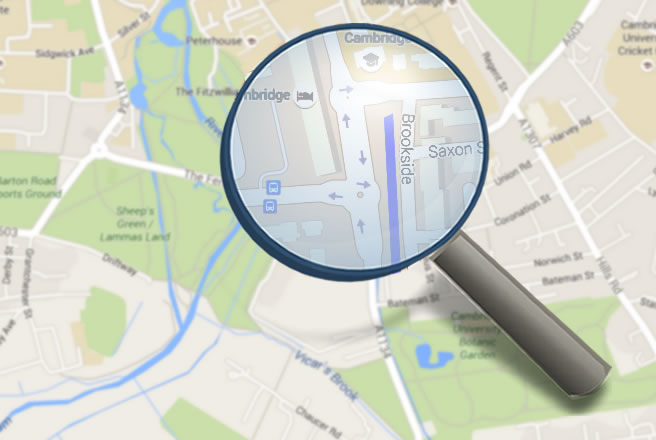 The practical on-the-road DMV test is the last step before getting your driving license. Here are 15 silly mistakes that prevent you from passing your DMV test. The examiner will ask you if you have any questions before you begin the actual driving test. During your road test, the examiner will watch to be sure you are performing traffic checks, stopping at the correct location, observing all traffic signs and signals, etc.
The practical on-the-road DMV test is the last step before getting your driving license. Here are 15 silly mistakes that prevent you from passing your DMV test. The examiner will ask you if you have any questions before you begin the actual driving test. During your road test, the examiner will watch to be sure you are performing traffic checks, stopping at the correct location, observing all traffic signs and signals, etc.
If you toss and turn in bed during the nights prior to your driver’s test – or if you get the heebie-jeebies on test day – you’re probably not ready to get your license. In fact, lack of preparation is the No. 1 obstacle to passing your test with flying colors, according to Robert Gillmer, a driving instructor and administrative vice president of the Driving School Association of America.
To gain the confidence necessary to successfully pass the driver’s test, you must undertake hours of intensive behind-the-wheel lessons and book study – even if such a regimen sounds daunting, Gillmer says. 'The driver’s test is a piece of cake compared to that,' he says. Following are eight things you should do to boost your odds of passing the driver’s test. Read your state’s driver’s manual Every state has an official driver’s manual, Gillmer says. 'All of them have pretty good information,' he says.

The manual contains your state's key driving rules and regulations, such as: • Basic rules, such as speed limits • Road signs and what they mean • Safety information • Rules regarding driving under the influence of drugs and alcohol Study the manual carefully. Understanding this information is the key to passing your written test. Knowing what is in the manual is also crucial to success on the behind-the-wheel portion of the driving test. Drivers who arrive for their test without having studied the driver’s manual exhibit poor driving behavior, Gillmer says. 'They don’t read road signs or markings,' he says. 'If they do read it, they don’t automatically know what they should be doing.' To obtain a copy of your state’s manual, contact your state’s department of motor vehicles, or visit the website.

Chertezh kozlovogo krana kks 10. Most states have online versions available. Take a practice written driver’s test Take CarInsurance.com’s practice, comprised of common driver test questions from states across the country.
That way, you can see how well you do, and what you may need to brush up on. Research and then practice potential test driving routes near your DMV Driver’s test routes, not surprisingly, are typically fairly close to the department of motor vehicles that oversees your area’s licensing. Therefore, it’s wise to practice driving around the roads within 20 minutes or so of your local DMV.
You can also do a search for local driver test routes on YouTube. The site has videos of routes that drivers have uploaded that you can view to see what to expect. Don’t skimp on behind-the-wheel practice time Gillmer says a lot of newbie drivers fail to log enough hours behind the wheel before test day. In his home state of Pennsylvania, drivers are required to spend 65 hours of behind-the-wheel learning time before they take the test. Many other states require at least 50 hours. There are some telltale signs that a driver has not been practicing enough.
'They just don’t have very good judgment of space and time,' Gillmer says. For example, he says drivers without much practice don’t stay in lanes very well. Endless hours of driving practice might sound tedious, but it’s the best way to learn the rules of the road. 'If people really did their 65 hours the way they are supposed to and they did it with someone knowledgeable about driving, they would not have a problem at all (on test day),' Gillmer says. Practice avoiding common newbie driver mistakes Usually, your DMV website will list driving skills that are assessed during your test.